The Fukushima Daiichi plant dilutes treated radioactive wastewater with seawater before discharging it into the Pacific Ocean.
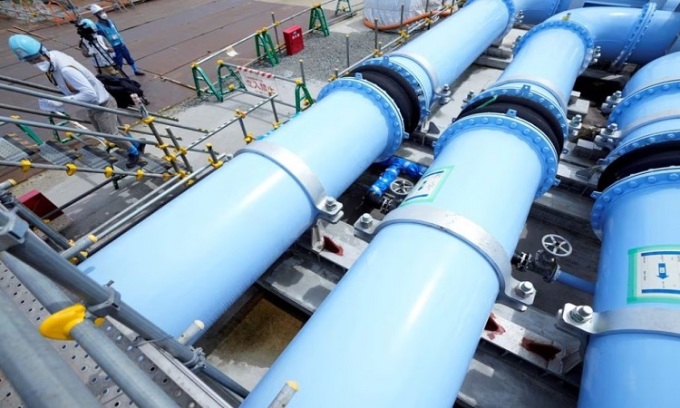
The green pipe brings in seawater to dilute the treated radioactive water. Photo: Reuters
In a small corner of the central control room at the Fukushima Daiichi nuclear plant in northeastern Japan, a technician flips a switch to transfer treated water. A graph on a nearby computer screen shows the water level steadily dropping as the treated radioactive wastewater is diluted and released into the Pacific Ocean. At the plant’s coastal site, two seawater pumps are running, pouring seawater through blue pipes into large tanks. There, the radioactive water flows through thicker black pipes from a storage tank overhead, where it is diluted a hundredfold before being released, according to the AP .
The sound of diluted radioactive water flowing into the underground secondary pool can be heard from below the surface. According to Tokyo Electric Power Company spokesman Kenichi Takahara, the best way to get rid of the contaminated water is to dispose of the melted fuel. But information about the situation inside the reactor is scarce, making planning and developing the necessary robotic technology and facilities to handle the melted fuel extremely difficult.
Technicians monitor radioactive water levels released into the sea. Video: Reuters
The release of the radioactive water has been planned for decades, but has been strongly opposed by fishermen’s groups and criticized by neighboring countries. China immediately banned seafood imports from Japan in response. In Seoul, thousands of South Koreans protested over the weekend to condemn the dumping.
For the Fukushima Daiichi plant, managing the growing amount of radioactive water stored in more than 1,000 tanks is a major safety risk and burden after the March 2011 meltdown. The release marks a milestone in the plant’s planned decommissioning, which is expected to take decades. But it is just the beginning of a series of challenges ahead, including dealing with the melted radioactive fuel left behind in the three destroyed reactors.
The plant’s operator, Tokyo Electric Power Company (TEPCO), has begun releasing 7,800 tons of radioactive water from 10 Group B tanks, which contain the least radioactive treated wastewater at the plant. The water has been treated and diluted to levels that are safer than international standards, TEPCO said. Tests by TEPCO and government agencies have shown that radioactivity in seawater and fish samples taken after the discharge was below detectable levels. The Japanese government and TEPCO have stressed that the release is an unavoidable step in the decommissioning process.
The March 2011 earthquake and tsunami destroyed the plant’s cooling system, causing three reactors to melt. Contaminated cooling water for the damaged reactors continuously leaks into the basement of the complex and mixes with groundwater. Some of this water is collected and recycled as treated cooling water, while the rest is stored in 1,000 tanks that are now 98 percent full of their 1.37 million-ton capacity.
The discharge will start at 460 tons of water a day, progressing very slowly. TEPCO says it plans to release 31,200 tons of treated water by the end of March 2024. That will empty only 10 of the 1,000 tanks, because the radioactive water is being produced continuously. The rate will then increase, and about a third of the tanks will be removed over the next 10 years, freeing up space for the plant to be cleaned up. According to TEPCO CEO Junichi Matsumoto, who is in charge of the discharge, the radioactive water will be released regularly over a period of 30 years. But as long as the melted fuel remains in the reactor, the plant will need cooling water.
About 880 tons of melted nuclear fuel remain inside the reactors. Automated probes have provided some information, but authorities have little idea of the condition of the melted fuel and the amount could be much larger, Takahara said. Tests of removing melted fuel using a remote-controlled robotic arm will begin at Unit 2 later this year after a delay of nearly two years, although the amount handled will be very small. Removal of spent fuel from the cooling pool of Unit 1 will begin in 2027 after a 10-year delay. The top of the reactor is still covered in debris from the explosion 12 years ago and needs to be cleared before a canopy is erected to contain the fallout.
Inside Unit 1, the worst hit was the reactor core, which melted and fell to the bottom of the primary containment chamber. A probe sent into Unit 1’s containment chamber found that the foundation directly beneath the core was severely damaged. Much of the thick concrete covering on the outside was gone, exposing the steel reinforcement inside, forcing regulators to ask TEPCO to conduct a risk assessment.
The Japanese government has set a goal of completing the plant's decommissioning in 30 to 40 years. This overly ambitious plan could expose plant workers to radiation and cause further environmental damage. Some experts believe that it is not possible to remove all the melted fuel by 2051, and that the process could instead take 50 to 100 years.
An Khang ( Summary )
Source link


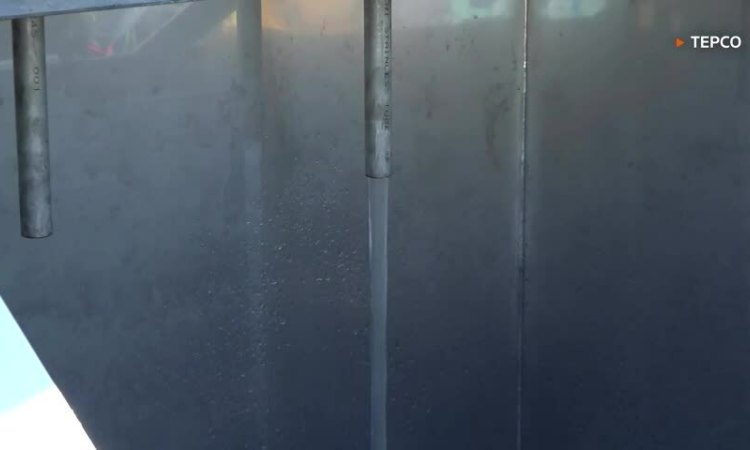
![[Photo] Welcoming ceremony for Prime Minister of the Federal Democratic Republic of Ethiopia Abiy Ahmed Ali and his wife](https://vstatic.vietnam.vn/vietnam/resource/IMAGE/2025/4/15/77c08dcbe52c42e2ac01c322fe86e78b)
![[Photo] General Secretary To Lam meets with veteran revolutionary cadres, meritorious people, and exemplary policy families](https://vstatic.vietnam.vn/vietnam/resource/IMAGE/2025/4/15/7363ba75eb3c4a9e8241b65163176f63)
![[Photo] National Assembly Chairman Tran Thanh Man attends the summary of the organization of the Conference of the Executive Committee of the Francophone Parliamentary Union](https://vstatic.vietnam.vn/vietnam/resource/IMAGE/2025/4/15/fe022fef73d0431ab6cfc1570af598ac)
![[Photo] Ho Chi Minh City after 50 years of national reunification through buildings and symbols](https://vstatic.vietnam.vn/vietnam/resource/IMAGE/2025/4/15/a224d0b8e489457f889bdb1eee7fa7b4)

![[Photo] Air Force actively practices for the April 30th celebration](https://vstatic.vietnam.vn/vietnam/resource/IMAGE/2025/4/15/16fdec3e42734691954b853c00a7ce01)
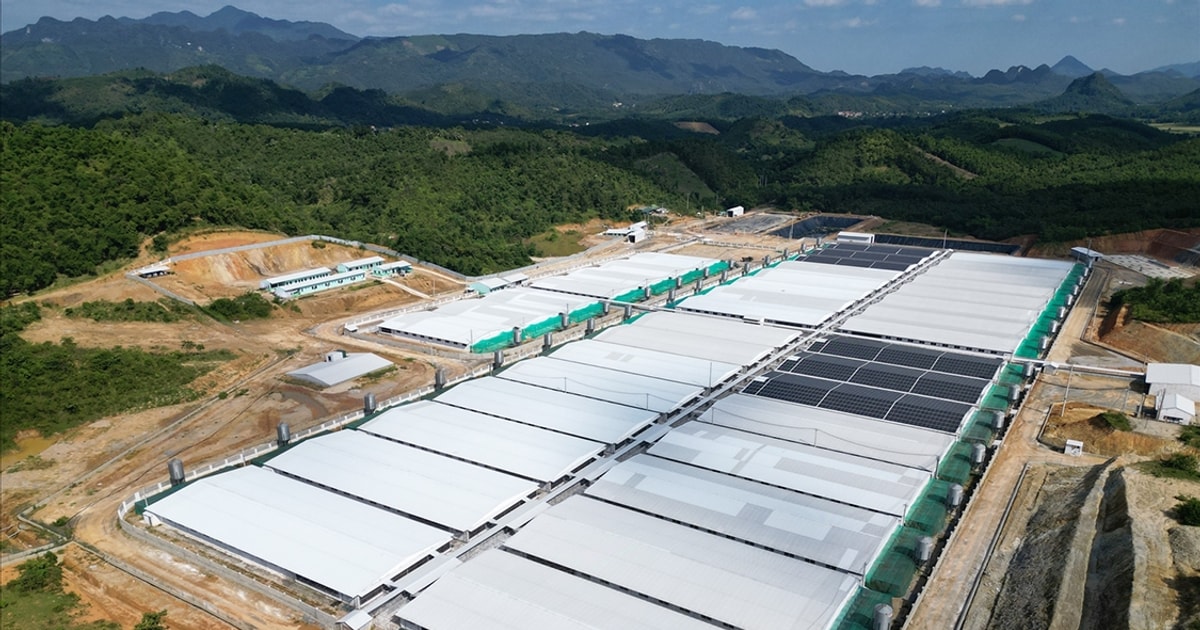

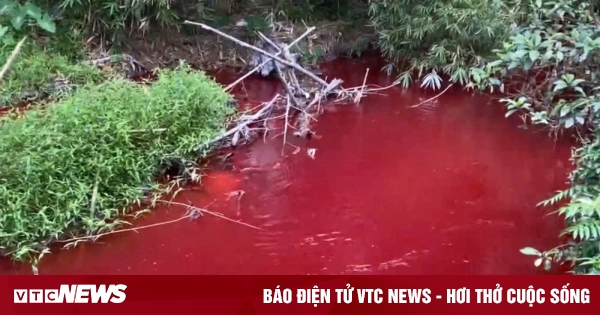

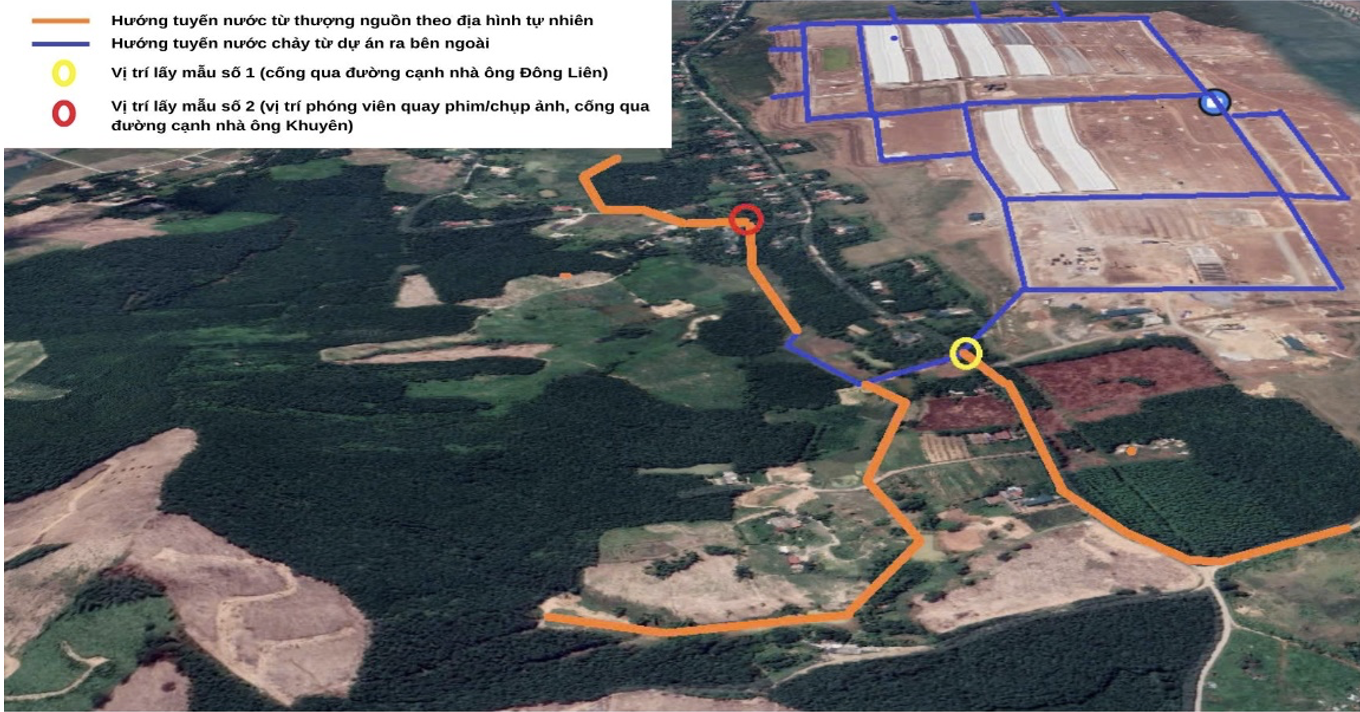



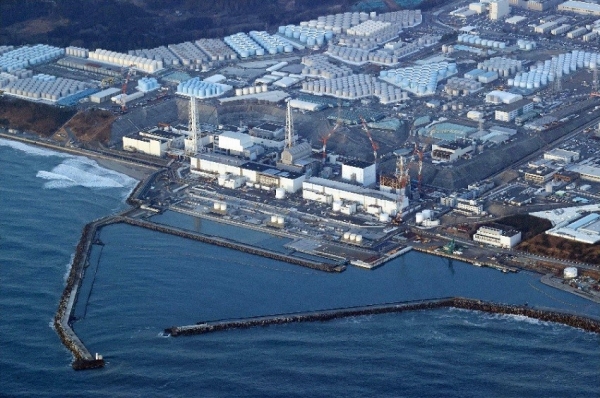

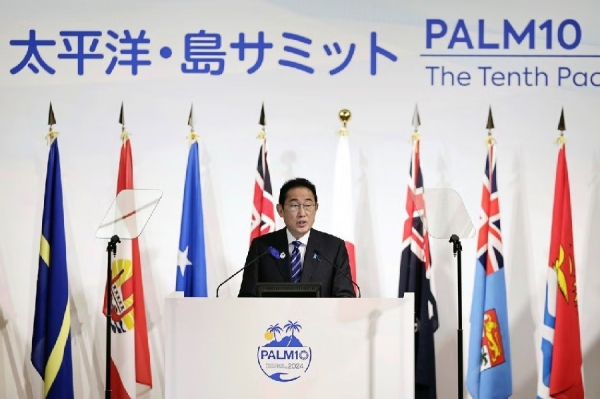
























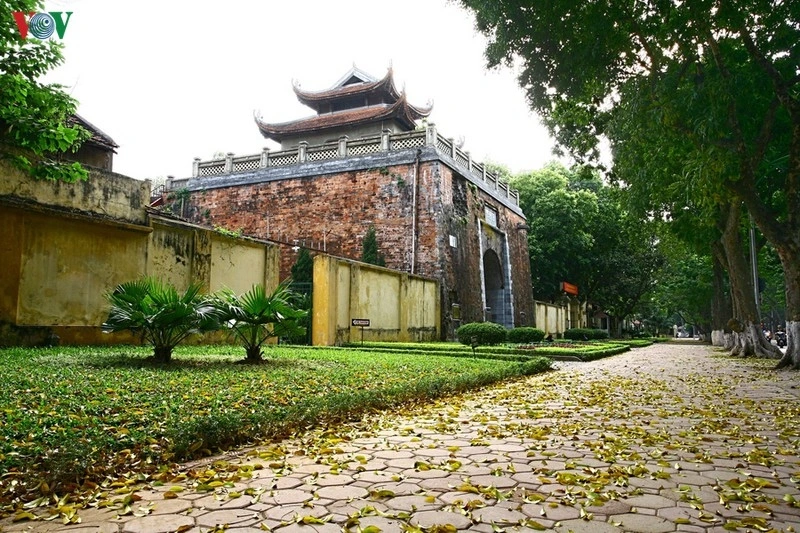
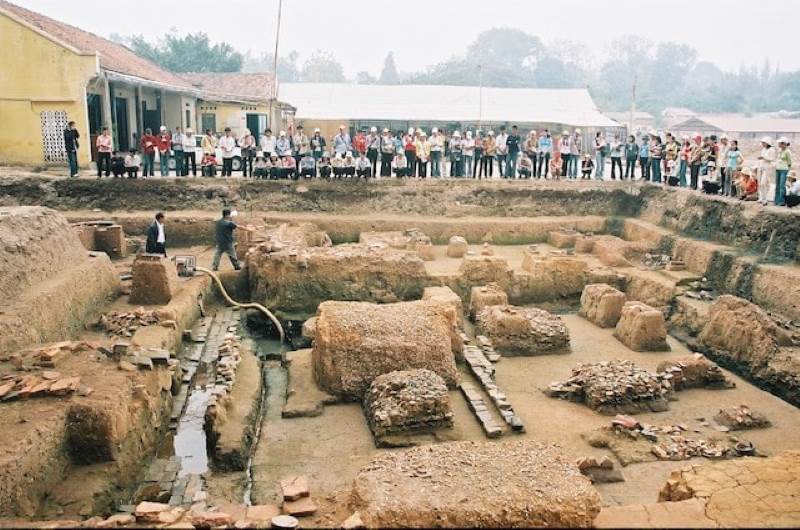

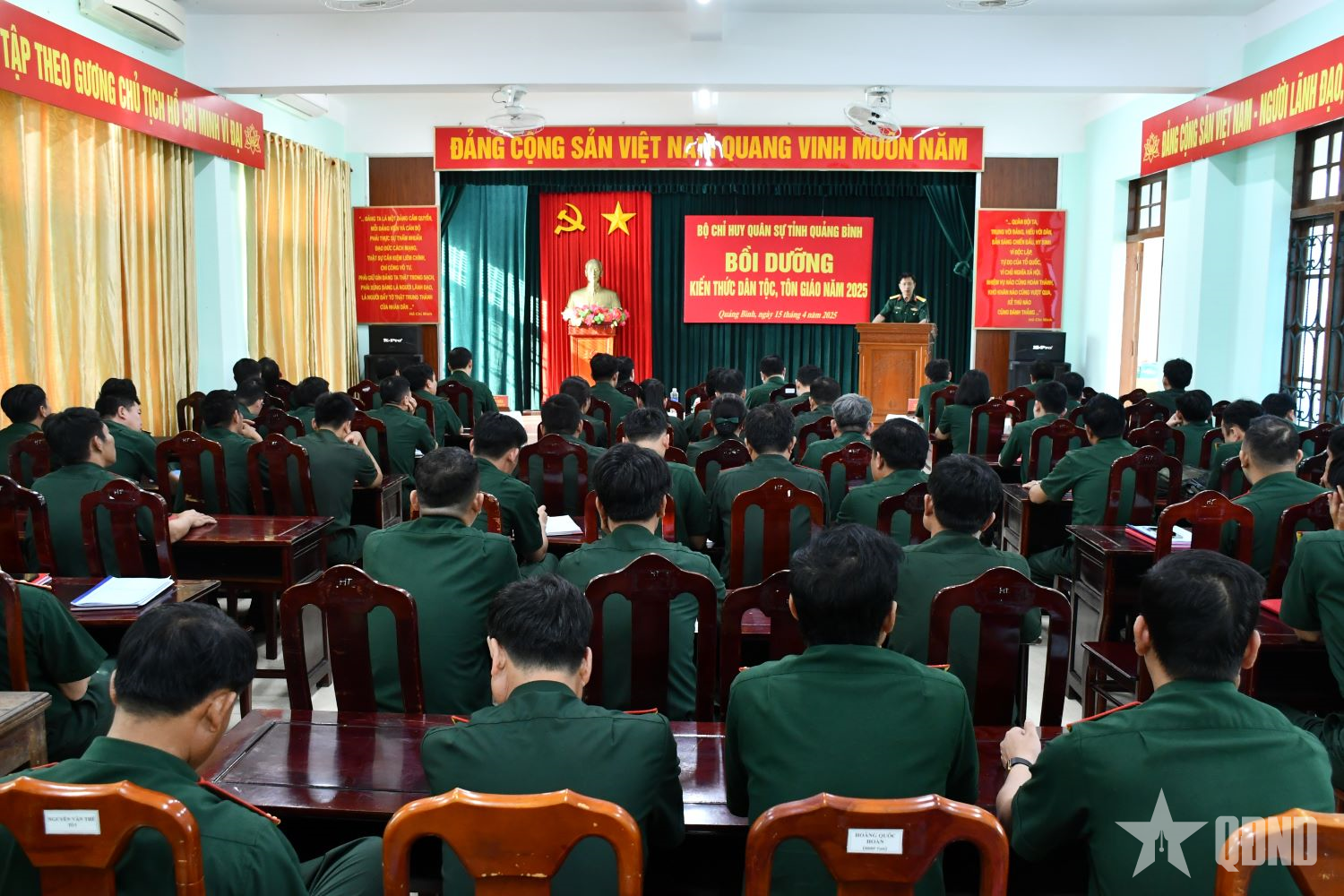








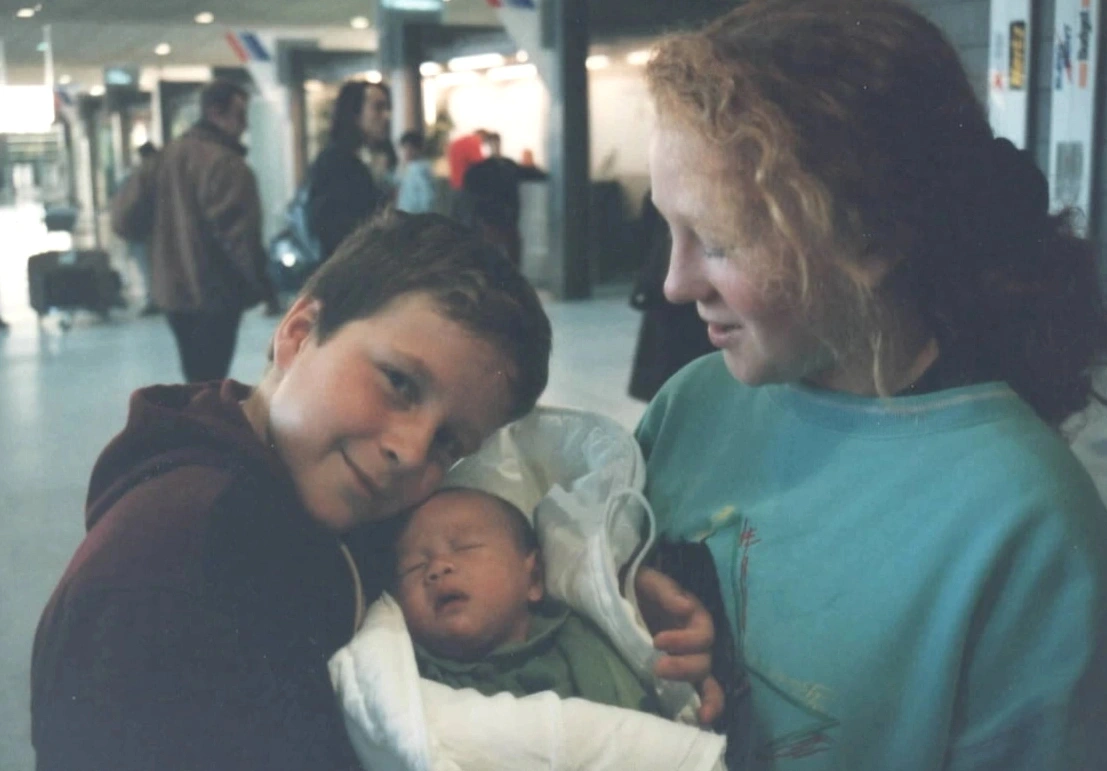







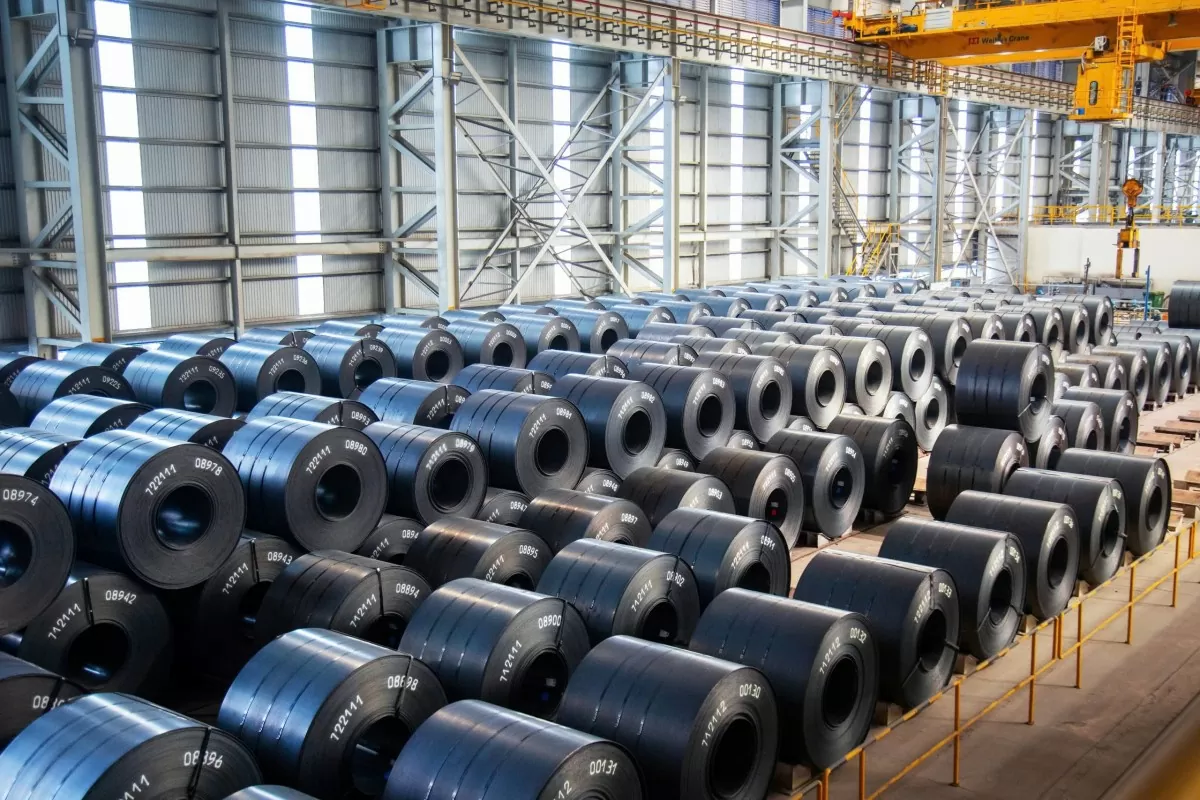



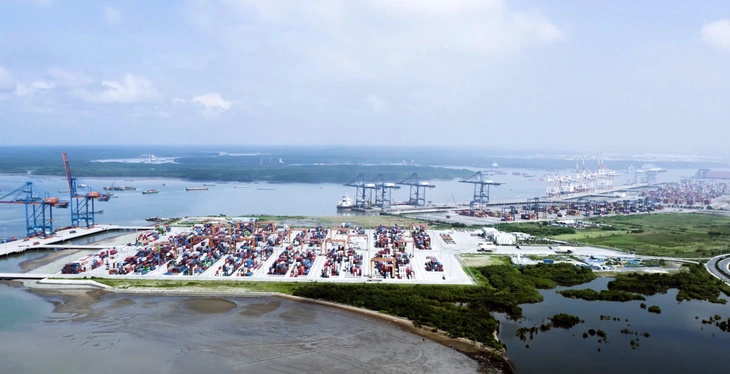



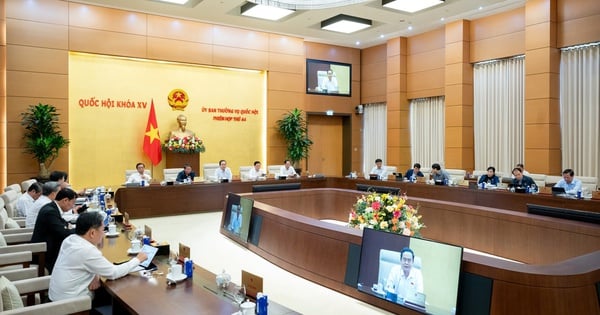
















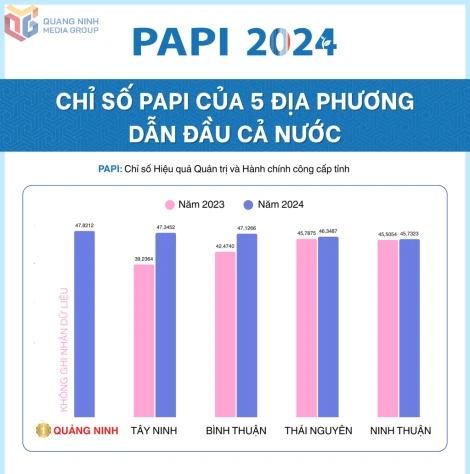





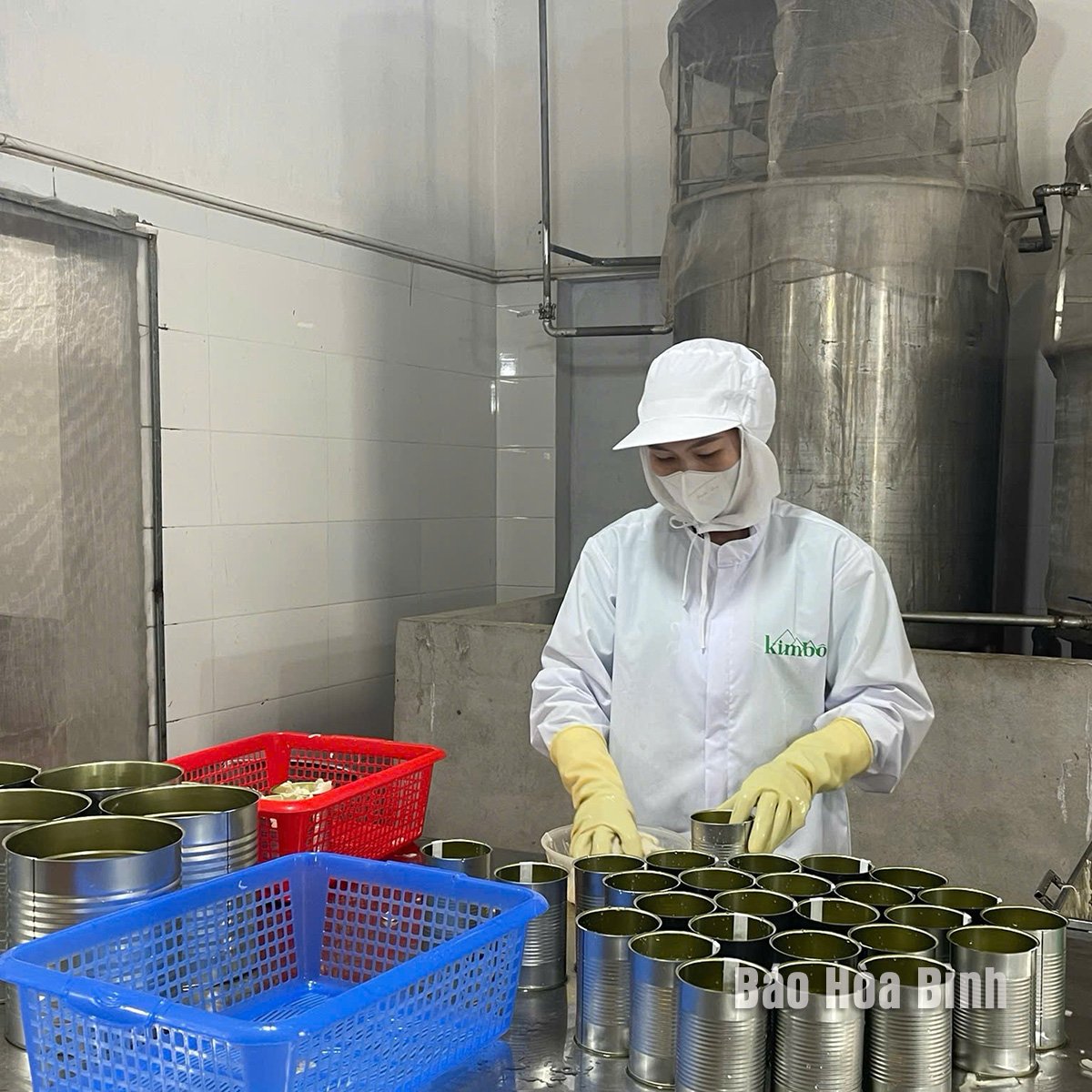




Comment (0)